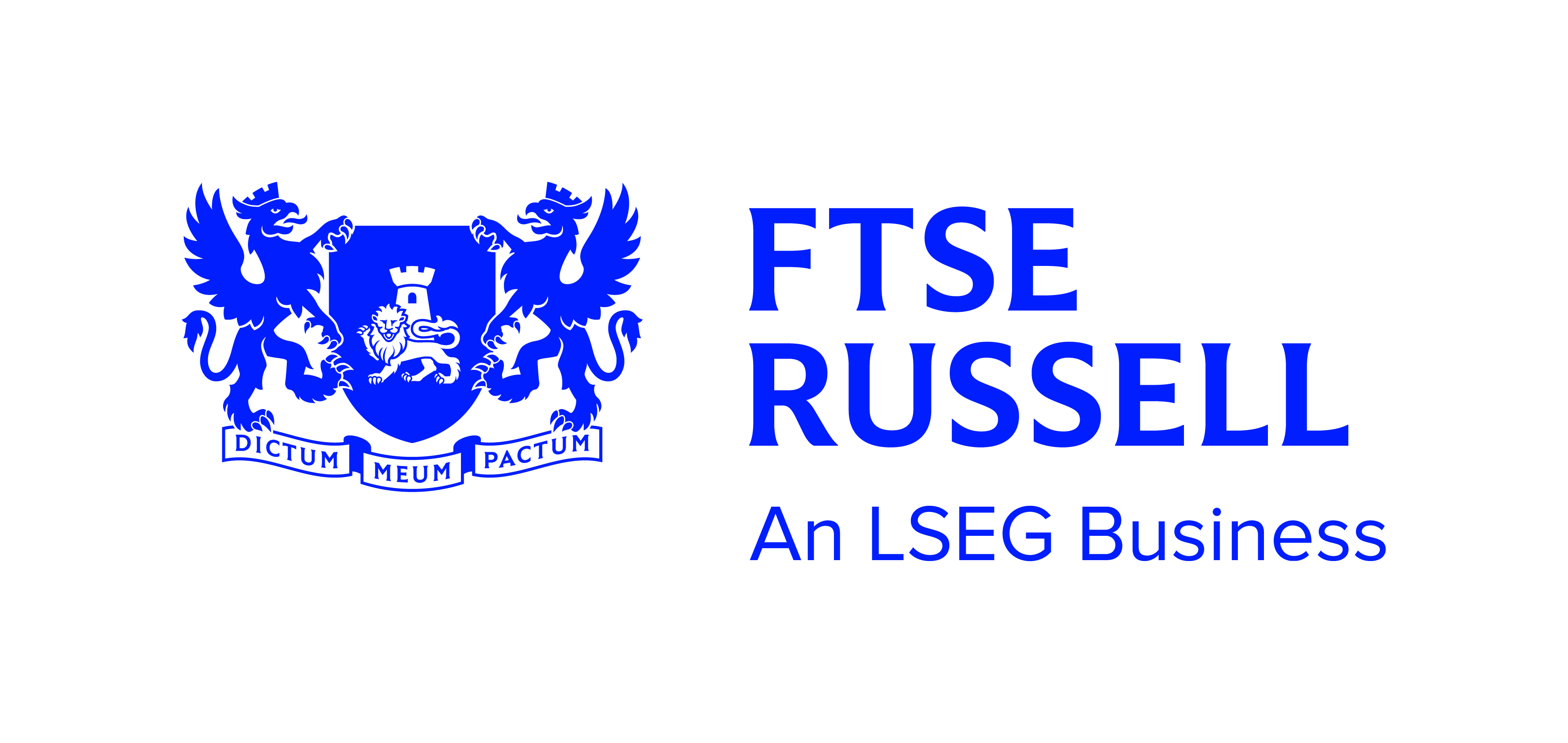Emerging markets play a crucial role in any investor’s portfolio, however, deciphering the market can be a challenge due to the sheer number of ETFs listed across European exchanges.
The concept of emerging markets was invented in 1981 by Antoine van Agtmael when the International Finance Corporation – an arm of the World Bank – started measuring the performance of several local stock markets.
The asset class has developed rapidly since its early years but there has always been a loose definition of what constitutes an ‘emerging market’.
Index providers have gone a long way in driving some sort of standardisation but discrepancies remain for countries such as South Korea which is classified as emerging by MSCI and developed by FTSE Russell.
In recent years, investors have become more granular with their approach to emerging markets through regions such as Asia and Latin America and single-country exposures including China, Brazil and India.
In response to increasing demand, especially in 2023, ETF Stream has selected five of the best emerging market ETFs listed in Europe.
1. iShares Core MSCI EM IMI UCITS ETF (EIMI)
For investors looking for broad exposure to emerging markets, look no further than Europe’s largest ETF in the asset class, the $17.4bn iShares Core MSCI EM IMI UCITS ETF (EIMI).
Carrying a total expense ratio (TER) of 0.18%, EIMI tracks the MSCI Emerging Markets Investable Market index which currently offers exposure to 3,110 securities from across 24 emerging market countries.
EIMI has a 27.8% weighting to China given its role as the world’s second-largest economy and a 15.5% and 15.1% weighting to India and South Korea, respectively.
The top five holdings are:
Taiwan Semiconductor
Tencent
Samsung Electronics
Alibaba
Reliance Industries
With EIMI, investors access the entire emerging markets universe and the quarterly rebalancing ensures the index reacts to structural changes in the landscape.
2. Lyxor MSCI Emerging Markets Ex China UCITS ETF (EMXC)
With China becoming an increasingly important part of the investible universe, investors are opting to access the market directly instead of as part of their broad emerging market bucket.
This is why the $342m Lyxor MSCI Emerging Markets Ex China UCITS ETF (EMXC) is a useful tool for investors wanting broad emerging market exposure but want to be more precise with their China allocation, be that through accessing A-Shares or H-Shares.
Launched in July 2019, EMXC tracks the MSCI Emerging Markets ex China Net Return index of 662 stocks with a 21.4% weighting to Taiwan, 20.3% to India and 17.2% to South Korea.
Interestingly, the index has delivered annualised returns of 2% over the past decade versus just 1.8% for the MSCI Emerging Markets index, as at 28 April.
3. KraneShares CSI China Internet UCITS ETF (KWEB)
The rise of technology in China has been one of the biggest megatrends over the past decade with the likes of Alibaba and Tencent experiencing huge growth.
As China becomes a technological superpower, capturing some of the companies enabling this transition is a trend investors will not want to miss out on.
The $378m KraneShares CSI China Internet UCITS ETF (KWEB) is one such vehicle capturing Chinese internet companies. KWEB tracks the CSI Overseas China Internet index which offers exposure to approximately 30 overseas-listed companies in this space. This includes usual suspects such as Baidu, JD.com, Tencent and Alibaba.
4. SPDR Blomberg Emerging Markets Local Bond UCITS ETF (EMLD)
Amid a weakening US dollar in 2023, the $2.6bn SPDR Bloomberg Emerging Markets Local Bond UCITS ETF (EMLD) has been one of main beneficiaries.
Tracking the Bloomberg EM Local Currency Liquid Government Bond index with a TER of 0.55%, EMLD currently offers exposure to 503 local-currency emerging market securities.
Each country has a maximum weighting of 10% with South Korea (10%), Indonesia (9.9%), China (9.9%), Malaysia (9.9%) and Mexico (9.8%) making up the top five.
The ETF currently yields 4.9% and has an average maturity of 8.76 years, an attractive play when the US dollar is weakening in particular.
5. Franklin FTSE India UCITS ETF (FLXI)
India is a market that can no longer be ignored. The country, which is now home to over one billion people, is set to become the third-largest economy by 2030, demonstrating the country’s huge potential.
Of the ETFs listed in Europe, the only ETF to track a FTSE Russell index, the $229m Franklin FTSE India UCITS ETF (FLXI), shines the most.
With a fee of just 0.19% – 44 basis points (bps) cheaper than its nearest competitor – FLXI tracks the FTSE India 30/18 Capped index of 209 constituents. To avoid concentration risk, securities are capped quarterly with the largest weight not exceeding 30% and the remaining companies not topping 18%.
The top five sectors are:
Financials (20.7%)
Technology (14.2%)
Industrials (12.8%)
Energy (12.5%)
Consumer discretionary (11.2%)
This is a broader benchmark versus the MSCI India index which only tracks 114 companies and is tracked by Europe’s largest India ETF, the iShares MSCI India UCITS ETF (NDIA).




